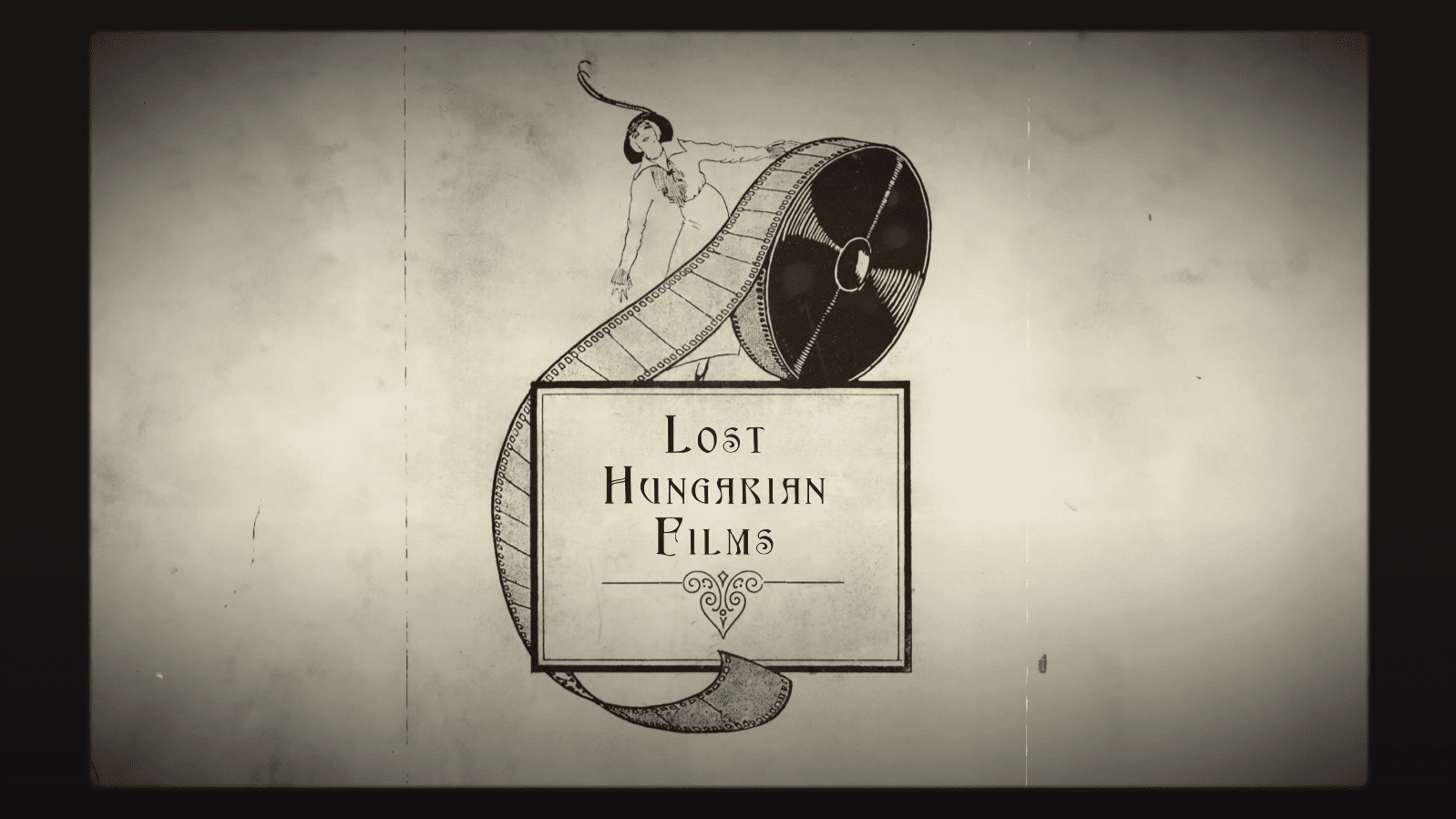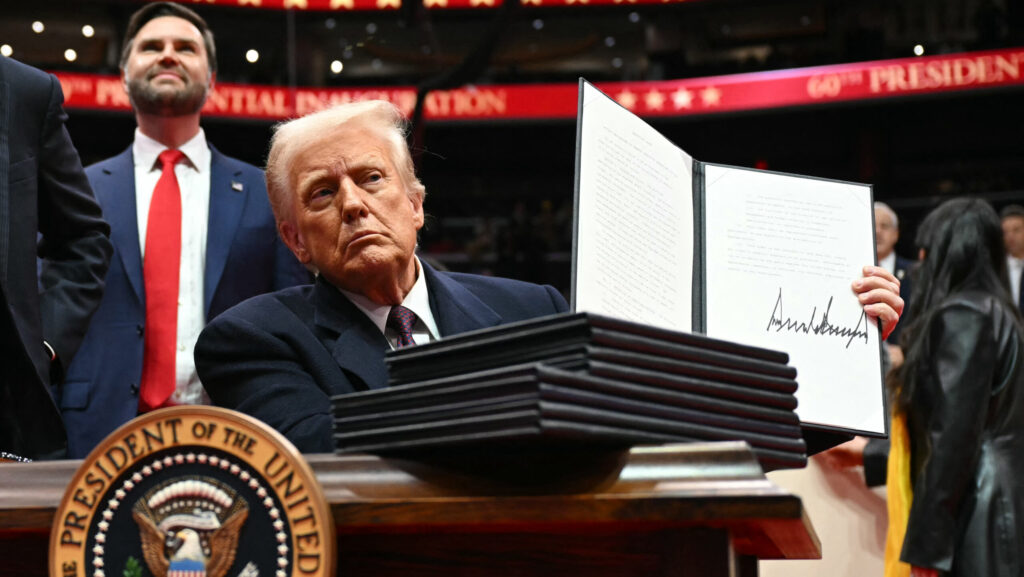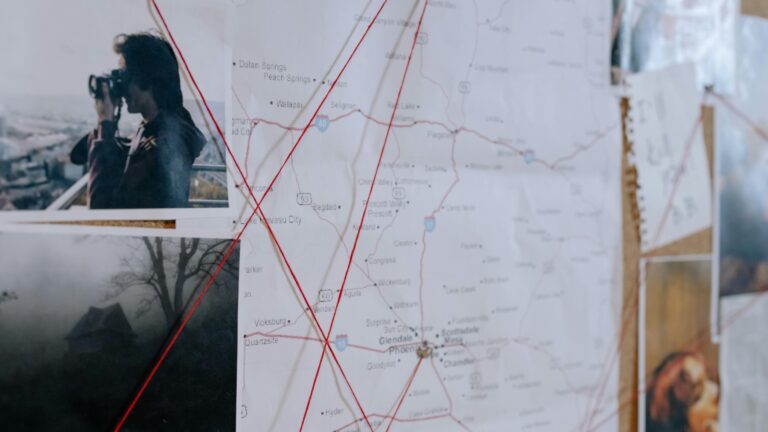The Film Archive of the National Film Institute (NFI) made its documentary film titled Lost Hungarian Films available for free on its YouTube channel on Tuesday. The documentary showcases the trials and tribulations of the Hungarian film industry over the past 120 years, the tragic fate of the destroyed films, and the opportunity for rediscovering long-forgotten works. The documentary is also available with English narration and subtitles.
According to a statement released by the agency responsible for the film’s promotion, the fifteen-minute documentary focuses on the early challenges of Hungarian cinema history, including the flammability of nitro celluloid film reels, which resulted in numerous tragic fires during the silent film era. Even the reels that survived intact were not safe, as their valuable silver content often led to them being recycled, further contributing to the loss of many films. Destruction continued in the editing room, where editors frequently cut out scenes they found objectionable, putting particularly spicy details at great risk.
The documentary highlights the pivotal role of studios such as the workshop of Jenő Janovics in Kolozsvár (Cluj, Romania), where directors like Mihály Kertész and Sándor Korda began their careers. Unfortunately, many of their early works have also been lost.
The advent of sound cinema marked a turning point in the cultural evaluation and preservation of films, but the establishment of film archives was delayed, leading to the loss of over 90 per cent of Hungary’s silent films. This fate befell even the very first Hungarian silent film, The Dance.
Lost Hungarian Films 4K – English narration (2023)
In 1957, when the Hungarian film archive was founded, 56 years had passed since the premiere of the first Hungarian film, The dance (A táncz). Over half a century of work had to be collected retrospectively. During this time, many films were lost, ruined or deliberately destroyed.
The documentary provides detailed accounts of the challenges during and after World War II, particularly the tragedy of films hidden in wine cellars during the war and political censorship afterward.
Hungarian films have been reaching audiences worldwide since the 1910s, raising hopes that valuable pieces may still emerge from foreign archives and legacies. While improper storage of nitrate materials can cause serious damage to old films, digital technology and databases now allow even fragments to be identified more effectively.
Archives have also contributed to this work. In 1957, the Film Archive had only twelve Hungarian silent feature films in its collection, but thanks to extensive international collaboration, this number has now risen to nearly seventy.
The documentary Lost Hungarian Films was directed by Enikő Löwensohn in collaboration with Barnabás Weisz, who also handled the animation. The music was composed by Botond Lelkes, the screenwriters were Enikő Löwensohn and Hussein Evin. The Hungarian version of the documentary is narrated by renowned actress Barbara Hegyi, and was produced by György Ráduly.
Related articles:
Sources: Hungarian Conservative/NFI/MTI







